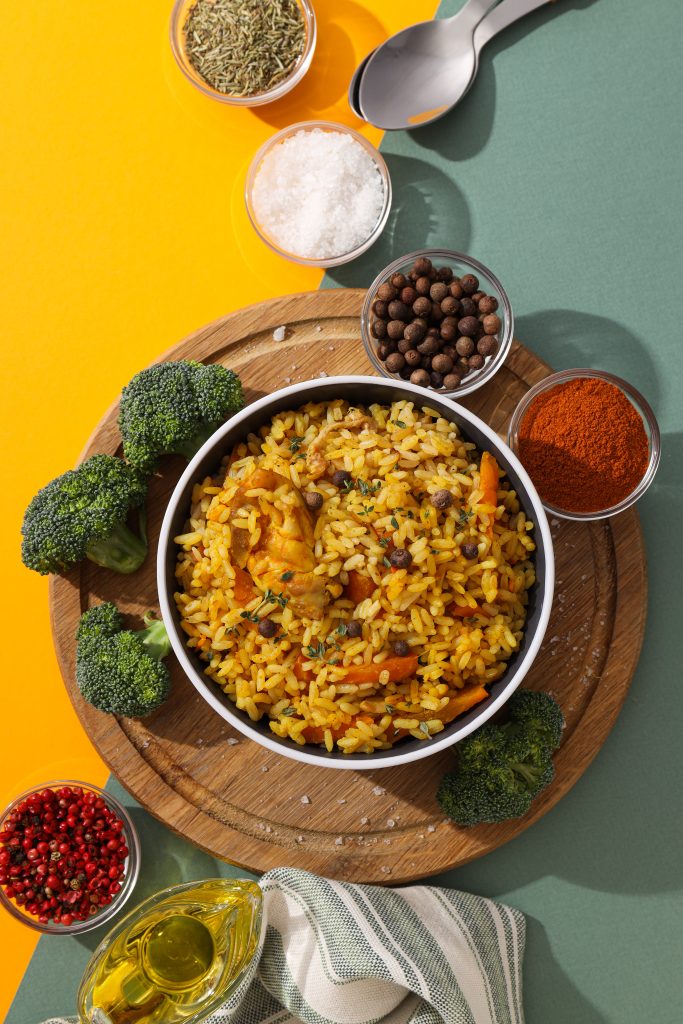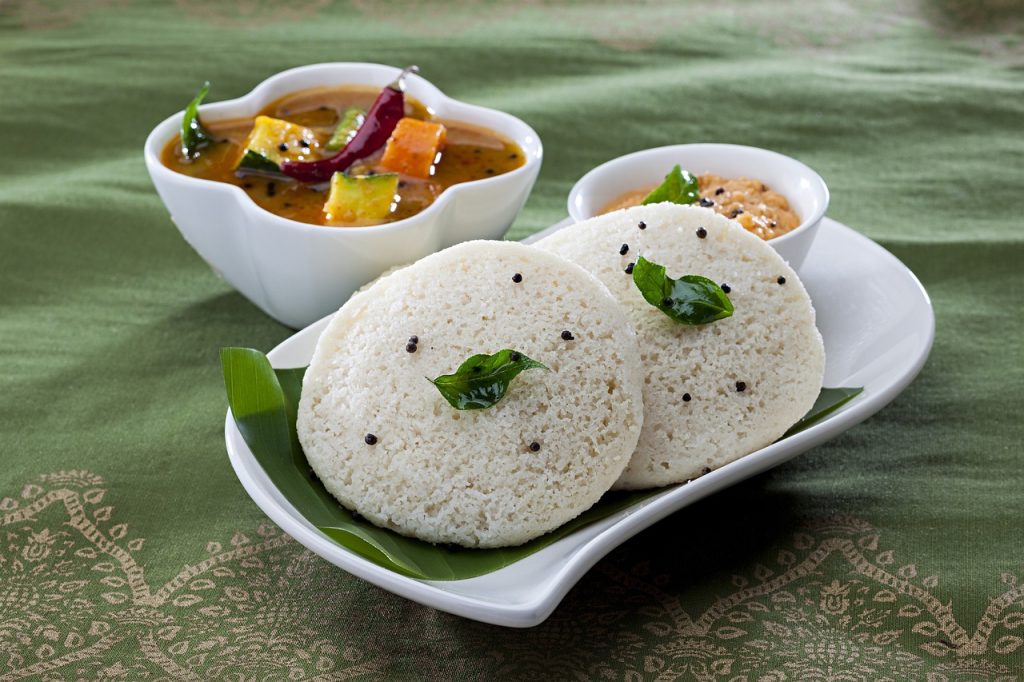Upma Recipe
Upma is a popular breakfast dish in South India that is made with vegetables, herbs, spices, and wheat or semolina flour (rava or suji, depending on where you live). The upma recipe I share here is adjusted from my mother’s recipe and keeps on being #1 in my home. The fixings used to season the rava upma (likewise called suji ka upma) give it a scrumptiously fulfilling taste that will make this dish one of your new favorite go-to morning meals. About Upma Recipe: Upma is a delightful, delectable, flavorful, and well-known South Indian breakfast that is made with cream of wheat or semolina flour (called rava or suji), a couple of lentils, nuts, vegetables, spices, and flavors. This conventional dish includes cooking simmered rava in water that has been enhanced with ghee (or oil), cashews, urad dal (white lentils), chana dal (husked and split Bengal gram), onion, ginger, and extra spices and flavors. A mildly sweet and savory dish can be sweetened with sugar. By substituting oil for ghee, this steaming-hot breakfast dish can be made vegan. Brimming with warmth, flavor, and scrumptiousness, this upma tastes so great. So why not have some time off from that exhausting oats and take a stab at a genuinely new thing? You cannot fail! Rava is the primary ingredient in every upma recipe. Additionally called ‘suji’ or ‘sooji’ in Hindi and ‘cream of wheat’ or ‘semolina’ in English, it is essentially granulated wheat. In North India, this breakfast dish is known as Suji ka Upma. Every ingredient that is fried or sautéed before tempering makes an upma recipe unique. These fixings can differ contingent upon the recipe, yet as a rule incorporate some sweet, exquisite, and nutty flavors. Maharashtra is one of the South Indian states where restaurants serve upma, a traditional breakfast. It is likewise a typical breakfast ready in South Indian homes. Upma was a normal breakfast or night nibble in my home while growing up. How to Make Upma:Preparing and Roasting Rava:- 1. Prep the fixings first to make up the recipe. Set aside one cup of the fine variety of rava. The aromatics, lentils, nuts, spices, and herbs should all be prepared next. You will require: ⅓ cup finely chopped onions.1 teaspoon cleaved green chillies.ginger finely chopped to one teaspoon.2 tablespoons coriander leaves (cilantro).eight to ten curry leaves.ten to twelve cashews.1 teaspoon of Chana Dal, which is split Bengal gram with hulls.1 teaspoon urad dal (black gram split and hulled).fixings prepared for the upma recipe. 2. First, heat a pan or kadai. Add one cup of rava or fine wheat cream. 3. Start roasting the rava. Mix frequently while cooking the rava. 4. The rava or sooji grains ought to become fragrant and begin to look dry, discrete, and fresh. Rava should not be brown. 5. Turn off the flame, transfer the roasted rava to a plate, and set it aside when it begins to smell fragrant and appear dry and crisp. Sear and Sauté Flavors, Nuts and Aromatics: 6. Heat two tablespoons of ghee (clarified butter) or oil in a pan. You could use oil with a neutral flavor, such as safflower, sunflower, or peanut. 7. Reduce the heat. Seeds of mustard should be added. At the point when you hear the popping sound of mustard seeds, it implies they are getting seared. 8. Now include the following components: 12 teaspoons of ground cumin.1 teaspoon chana dal (bengalgal gram husked and sprouted).1 teaspoon urad dal (black gram split and husked). 9. Fry, stirring frequently, until the urad dal and chana dal begin to brown. 10. Promptly add 10 to 12 cashews and start to broil on a low to medium-low intensity. 11. The dals should also be golden by the time the cashews turn golden. 12. Now add the finely chopped 13 cups of onions. 13. On low to medium heat, sauté the onions until they become translucent and soft. 14. Then, add 8 to 10 curry leaves, 1 teaspoon chopped green chillies, and 1 teaspoon chopped ginger. You can likewise add 1, dried red bean stew (divided and with sechilimoved) at this step. 15. Blend well and sauté for a couple of moments. Water to boil: 16 Then add 2.5 cups water to this combination. 17. Add salt as necessary. Make sure the water tastes good by mixing it well. It ought to be a piece pungent yet not to an extreme. You can always sprinkle some salt on top of the dish when you eat if there is less salt in the dish. 18. Then include one teaspoon of sugar. Sugar is discretionary and you can skip it. We favor a somewhat sweet desire for the upma and thus we add it. 19. Mix once more. On a medium to high fire, heat the water and let it come to a moving bubbling. Create Rava Upma: twenty. Reduce the heat to the lowest setting when the water reaches a rolling boil. Then, using a spoon, add the rava in four to five batches. 21. Stir and mix immediately after adding the first batch of Rava to ensure that the roasted Rava is evenly incorporated into the water. 22. Then add the following group of Rava. Mix thoroughly once more to ensure that the rava is evenly mixed with the water. 23. Up until the last batch, add and stir the rice. 24. Stir quickly and thoroughly. The rava grains will cook as they absorb water and expand. 25. Cover and permit the rava upma to steam for 2 to 3 minutes on low intensity. 26. Then switch off the intensity. The suji ka upma and well-cooked rava can be seen in the image below. 27. Finally, add about two tablespoons of chopped cilantro (coriander). If you like, you can add more coriander leaves. 28. Blend once more. 30. Serve warm or hot with lemon slices, lemon pickle, or coconut chutney on the side. When serving, you can drizzle half to one teaspoon of ghee. On the off


